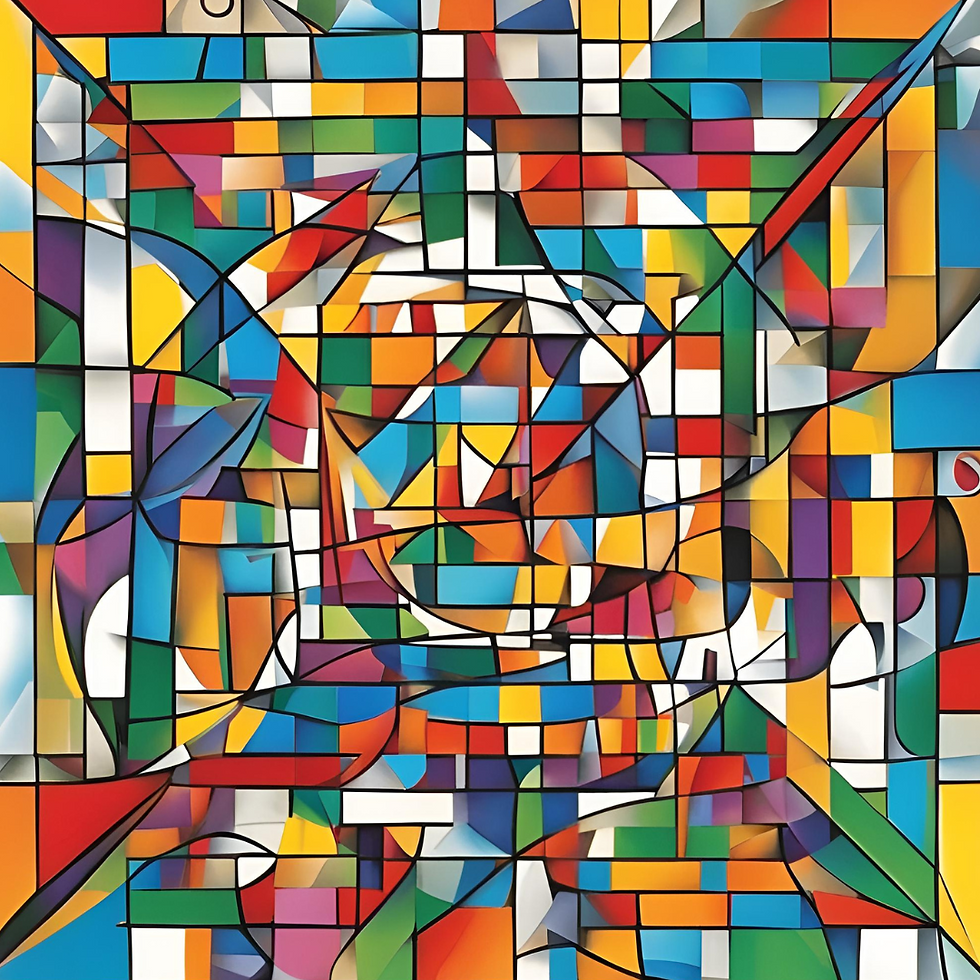
®
Linear Abacus
YouTube Channel
Our YouTube channel brings mathematical concepts to life through engaging video lessons. At Linear Abacus®, we understand the importance of making mathematics relatable and accessible for all learners.
On this channel, you'll discover a growing library of insightful mathematical video resources. All you need to follow along is your very own Linear Abacus® string. We've started our comprehensive fraction series, breaking down key ideas with clear visuals and examples. You can also explore hands-on activities from our teacher resources, including the Linear Abacus® Games Book and Place Value Unit. To go further than the video you can download our FREE task cards.
This is just the start. Throughout the year, we'll continuously expand our offerings with new videos spanning a wide range of mathematics topics and grade levels. Our goal is to create a robust video library supporting teachers, students, parents, and lifelong learners on their mathematical journeys.
Place Value Series
Naming Numbers Below 100
In episode 1 of our series, children will learn about place value and how to:
-
Model numbers below 100 on the Linear Abacus®
-
Read and interpret numbers
-
Understand the role of digits in a numeral
-
Expand numbers using arrays and arithmetic
-
Use colour to reason mathematically
-
Define what a number, digit and numeral is
This video can be adapted into an engaging activity for teachers and parents to help students learn to name numbers below 100. Using just one abacus string, children can practice a wide range of numerical concepts, maximising their learning potential with a simple tool.
Renaming Numbers
In this video you can explore how to rename numbers (i.e., find equivalent names for numbers) using the Linear Abacus® as a calculating device to model the arithmetic.
Renaming is an important mathematical idea and is used when calculating with algorithms and when computing mentally. For instance, say you wanted to multiply 12 x 8, but could not recall this fact. Having the skill to think about numbers flexibly will allow you to decompose and recompose numbers to simplify the question e.g., 12 can be thought of as 10 and 2. This means you could multiply 8 x10 then 8 x 2 and add the totals: 80 +16 = 96.
We demonstrate how renaming is shown as a process used to describe where a number is in an order and we show children how to reason with models and symbols to think flexibly with numbers. These ideas can be applied to the task card below.
For teachers: this activity can be used as a formative assessment piece.
Additive Thinking Series
Finding the Difference
In this video we model one of the activities from our Linear Abacus® Games Book. You will learn how to:
-
Find the difference between two numbers
-
Develop skills in mental reasoning and calculating.
-
Make sense of the concept: Additive Thinking, by connecting, models, gestures, language, and calculations.
-
Apply place value knowledge.
Clear demonstrations and explanations are included
For parents and teachers here are some variations of the activity (task cards below):
-
You can use a 30-Bead Linear Abacus® when working with numbers within the range 0 - 30.
-
You can compare 3-digit numbers using multiple abacus strings.
FLASHCARD VIDEOS COMING SOON...
Fraction Series
Counting Fractions
This video is part 1 of the fraction series. You will learn how to name and count unit fractions (a fraction with a numerator that is 1, and a denominator which relates to the size of the group that the parts are coming from). Twelfths are used to demonstrate these ideas.
A new model- the count model, is used to represent fractions. This is an original method developed by Linear Abacus®. This is different to an area model and has clearer connections to the number line and arithmetic calculations.
In the task card below, you will explore how to work with a bag of 8 counters. Note that you can substitute the counters for any countable thing e.g., pasta shells.
Naming Fractions Greater than 1: Improper Fractions and Mixed Numbers
This video is part 2 of the fractions series. You will learn how to name and count numbers larger than 1 using unit fractions (a fraction with a numerator that is 1, and a denominator which relates to the size of the group that the parts are coming from) and groups, explain how improper fractions and mixed numbers are equivalent, and construct a number line using the Linear Abacus® to locate improper fractions and mixed numbers as points.
Série Française

Combien de Possibilités
Bonjour et bienvenue dans notre série française.
Explorez comment les nombres sont modélisés sur le Linear Abacus® en utilisant la notation en base 10 et découvrez comment renommer les nombres (c'est-à-dire trouver des noms équivalents pour les nombres) en utilisant le Linear Abacus™ comme outil de calcul pour modéliser l'arithmétique.
Renommer est une idée mathématique importante et est utilisé lors du calcul avec des algorithmes et lors du calcul mental. Par exemple, disons que vous vouliez multiplier 12 x 8, mais que vous ne parvenez pas à vous en souvenir. Avoir la capacité de penser les nombres de manière flexible vous permettra de décomposer et de recomposer les nombres pour simplifier la question. Par exemple, 12 peut être considéré comme 10 et 2. Cela signifie que vous pouvez multiplier 8 x 10 puis 8 x 2 et additionner les totaux : 80 + 16. = 96.
Dans cette activité, Genovieve Grouios et Séverine Sors démontrent comment le changement de nom est présenté comme un processus utilisé pour décrire où se trouve un nombre dans un ordre. Cette vidéo utilise le nombre 56 comme exemple. Des démonstrations et des explications claires sont incluses pour rendre le contenu accessible.
Les enfants développeront leurs capacités à raisonner avec des modèles et des symboles et apprendront à penser de manière flexible avec les chiffres. La leçon d'accompagnement peut être trouvée sur www.linearabacus.com
.png)